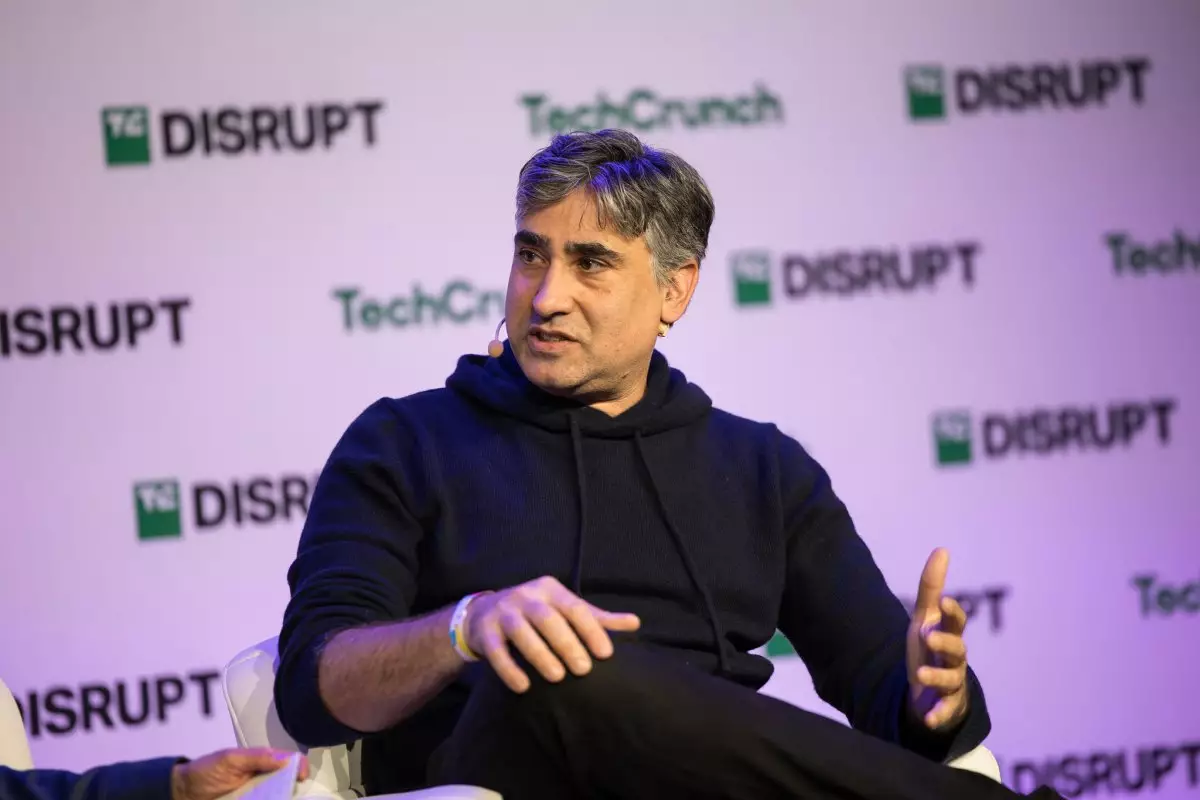The conversation surrounding AI regulation has entered a precarious phase, marked by heightened anxieties and misconceptions about the technology’s true nature and its implications for society. Recent statements from prominent venture capitalists highlight a growing concern that current legislative efforts are misguided, charged with limiting innovation rather than fostering responsible development. Martin Casado, a general partner at Andreessen Horowitz, epitomizes this sentiment, asserting that our regulatory framework is ill-prepared for the realities of AI, as it is largely constructed on speculative fears rather than an empirical understanding of the technology.
At the core of the issue lies a fundamental misunderstanding regarding what constitutes AI. Many proposed regulations fail to offer clear definitions or insight into the technology’s operational landscape. As Casado notes, without a clear and shared understanding of AI, crafting effective policies becomes an exercise in futility. Instead of attempting to restrict a nebulous future threat, legislators should focus on the tangible risks posed by existing AI applications.
Historically, this disconnect isn’t new. Throughout the ages, technological advancements have often prompted premature regulatory responses that try to anticipate issues before they arise. In the case of AI, legislators are trying to draft laws stemming from hypothetical scenarios rather than engaging with the actual challenges we currently face in the AI ecosystem. This failure to distinguish between genuine risks and exaggerated fears leads to legislation that is ineffective and potentially harmful to innovation.
The cultural backdrop of anxiety toward technology exacerbates the regulatory challenge. Policymakers often ride the tide of public opinion, which is increasingly riddled with fear regarding autonomous technologies. With sensational narratives dominating the discourse on AI—ranging from fears of job displacement to existential threats posed by superintelligent systems—it is easy to understand why lawmakers pursue aggressive regulatory strategies. However, this fear-based approach can result in legislation establishing broad and constraining frameworks that may inadvertently stifle burgeoning innovation.
The anecdote surrounding California’s attempted legislation, Senate Bill 1047, exemplifies this phenomenon. The bill sought to install a “kill switch” for large AI models—a course of action that critics claimed would do little more than muddy the waters of regulatory clarity. By pandering to fears rather than addressing real-world applications, lawmakers risk alienating startups and stunting the development of AI technologies crucial for economic and societal advancement.
The prevailing climate of regulation rooted in fear can drive talented innovators away from regions perceived to be hostile toward technology. Casado’s observations regarding the aversion some founders feel toward relocating to California speak to a broader trend; innovators are searching for environments conducive to growth that don’t come plagued by stifling bureaucratic oversight. Poor regulations not only affect immediate business interests; they can also set back broader societal benefits that could arise from AI adoption in healthcare, education, and environmental sustainability.
In many ways, the current regulatory environment echoes past experiences with the internet and social media, technologies that underwent explosive growth before facing crippling scrutiny. Similar self-regulatory challenges emerged surrounding the ethical dilemmas of privacy, data use, and the spread of misinformation. Drawing lessons from history, advocates for AI regulation argue for preemptive action without considering the broader implications of overregulation.
Considering these factors, it is critical to advocate for a regulatory paradigm that emphasizes vigilance without constriction. Rather than treating AI as an outsider to existing legal precedents, stakeholders should collaborate with established regulatory bodies to contextualize AI within a comprehensive governance framework. Fostering dialogue between lawmakers, AI developers, and academic experts can yield methodologies capable of mitigating genuine risks while allowing for pivotal advancements.
Moreover, a proactive, rather than reactive, regulatory stance is paramount. Reflecting on existing regulatory structures doesn’t mean equating AI to prior technologies but understanding how nuanced differences shape risk profiles. Building on established frameworks while applying contextual insights can result in policies that are more focused and effective.
The spectacle surrounding current AI discussions often resembles a tempest wrought by misunderstanding and apprehension. A deeper comprehension of AI’s place in society and its potential for transformative benefits should lead regulators and industry leaders toward crafting balanced policies. Misguided regulations crafted from sensational fears only risk curtailing the benefits AI has to offer humanity. To genuinely harness the potential of AI while ensuring public safety and ethical standards, it is imperative to adopt a measured and insightful approach to regulation—one that prioritizes understanding over unfounded caution.

